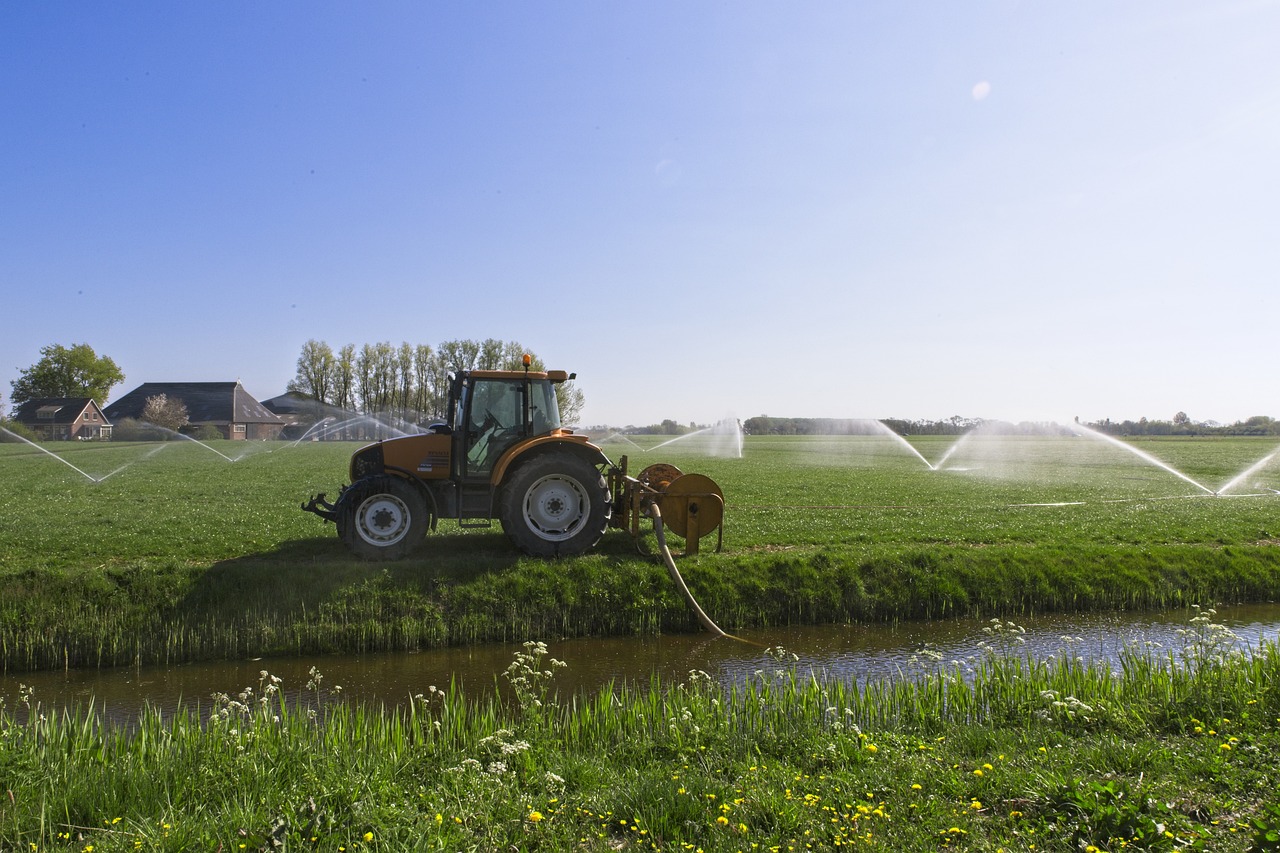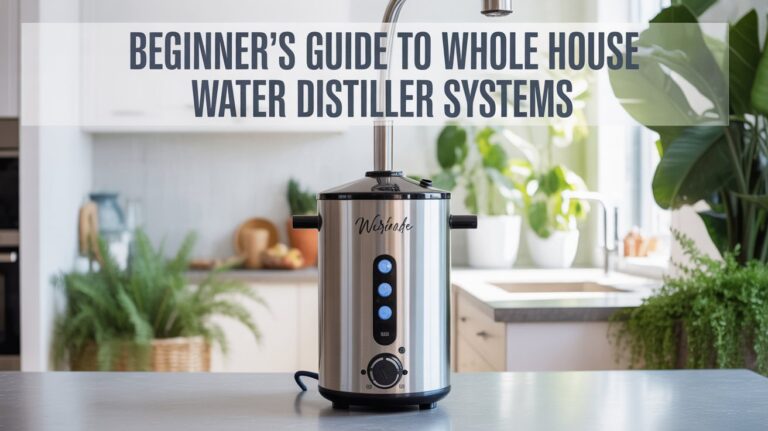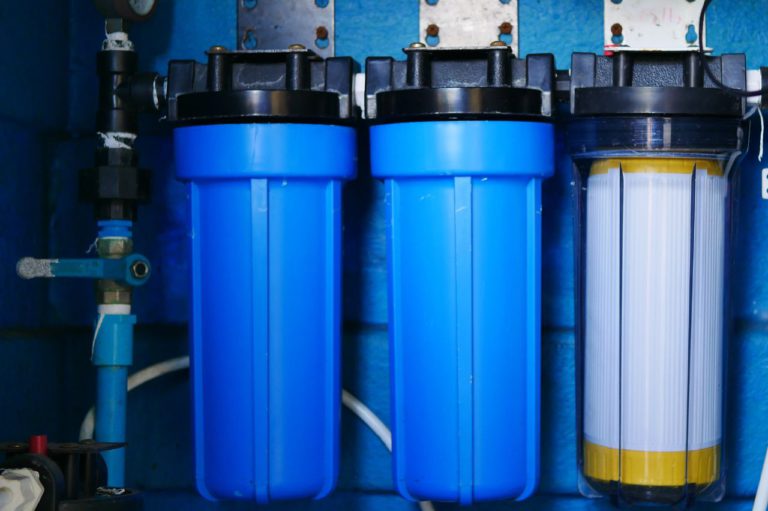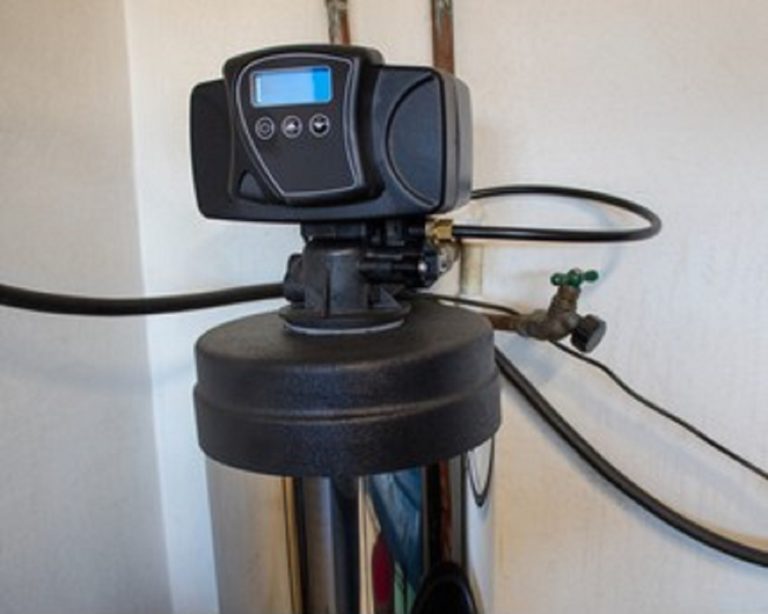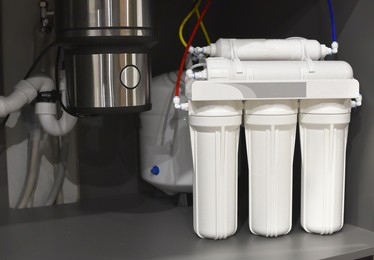How to purify grey water: Top 5 Proven Methods
Looking for a way to save money and make your home eco-friendly? Consider using grey water! By purifying grey water, you can make it safe for use in gardening and even toilet flushing. Learn how to purify it with these simple steps.
Filtration
One easy way to purify greywater is to use a filtration method. This involves using specially designed filters that remove particulates and bacteria from water. These filters are simple to install and can effectively reduce the number of harmful elements in the water, making it safe for reuse. Be sure to replace the filter regularly in order to keep your grey water clean and safe.
Filtration is effective for removing organic compounds and particulates from greywater, but it’s better to avoid the use of chlorine or other chemical treatments. In addition to being potentially harmful, these chemicals can alter the taste and odor of the water and affect beneficial bacteria in soil. This method is best used when greywater will be used for irrigation purposes since it may not be as effective at removing chemical pollutants such as metals or herbicides.
UV radiation
UV radiation is a powerful way to disinfect greywater. This method works by exposing the water to Ultraviolet light, which breaks down micro-organisms, bacteria, and other pathogens contained within it. The bacteria are then deactivated and unable to cause harm when used for activities such as gardening or toilet flushing. Make sure that you regularly maintain your UV system in order to get the most effective purification possible.
The process of UV disinfection is known to be environmentally friendly, as the water does not pass through any type of filter or undergo any chemical treatments. Additionally, there is no risk of using this method as it does not leave behind any harmful by-products. The UV radiation system works best on clear, untreated water and can get rid of more than 99% of micro-organisms. It’s quick, easy and efficient, making it a popular choice for purifying greywater at home.
Ozonation
Ozonation is a natural and effective way to purify grey water. It works by purifying the water through releasing ozone gas into it, which oxidizes the bacteria and other contaminants in the water. This method of water purification is extremely quick and easy, as well as being very energy efficient. Furthermore, it is non-toxic and does not leave any chemical residues behind in the water after it has been purified.
Using ozone to purify grey water is a relatively inexpensive technique and can typically be done on-site with access to an off-grid power source. When the process is complete, the safety of water for drinking or irrigation is significantly increased, as ozone oxidization destroys the majority of possible contaminants in the grey water. Furthermore, because the grey water is not heated during this process, there are no opportunities for bacterial growth to take place after ozonation has occurred.
Membrane treatment
Membrane treatment is a process of grey water purification which uses filters made of ceramic, polymers and titanium particles to purify the water. This method works by allowing the filtered water molecules to pass through the membrane while rejecting all other impurities found in the grey water. The advantage of this method over others is its ability to remove fine particles that traditional methods may miss, making sure that you are getting safe, clean and pure drinking water every time.
There are several different types of membranes used in the membrane treatment process including reverse osmosis, nanofiltration and ultrafiltration. Reverse osmosis is commonly used to purify the water to make it drinkable, while nanofiltration and ultrafiltration are used for more industrial purposes. The advantage of using this method is that not only does it remove physical particles such as soil, but also organic compounds like bacteria and viruses, making your water safe and healthy to drink. Additionally, unlike chemical methods which have been known to leave behind trace amounts of toxins, with membrane treatment there’s virtually no risk of contamination.
Treatment with natural materials
One of the most natural and cost-effective ways to purify grey water is to use natural materials such as activated charcoal, rocks and sand. These materials act as a physical barrier, preventing large particles from entering the system while allowing smaller particles to pass through which can then be further filtered using other techniques. This method helps reduce chemical usage and therefore also reduces costs of grey water purification.
Activated charcoal is one of the most effective materials to use for grey water purification. This material has large pore spaces that effectively trap large particles in the water, reducing harmful contaminants. The activated charcoal also mildly disinfects the water by removing bacteria and other microorganisms. For improved effectiveness, the activated charcoal can be used in combination with rocks or sand to filter out even more particles. By filtering out the particulate matter, it ensures that pathogenic organisms such as bacteria and viruses are removed from the water, making it safe to use for non-potable activities such as gardening or flushing toilets.

